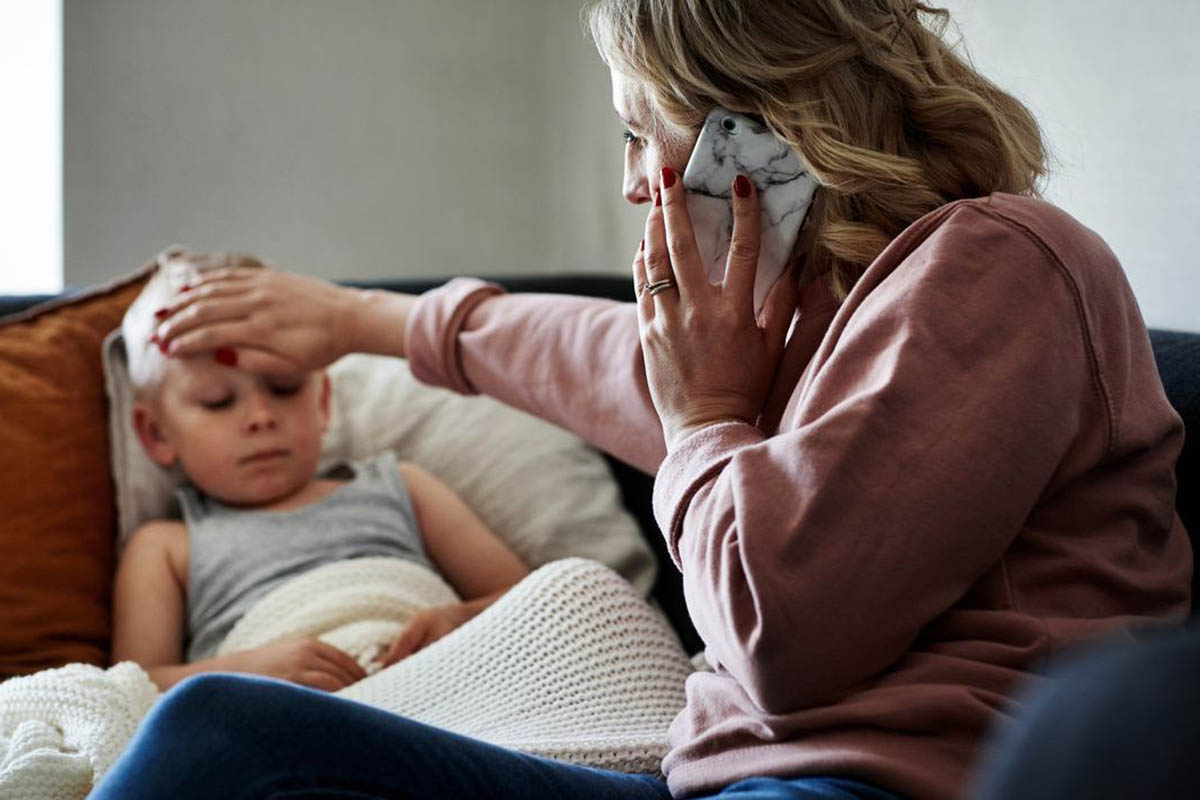

Speech as an Unusual Presentation of Catatonia
Catatonia is a potentially severe yet treatable neuropsychiatric syndrome characterized by motor abnormalities, with a prevalence of approximately 10% in psychiatric inpatients.1,2 Due to its highly variable presentation, at least 40 signs of catatonia have been described in the literature.1 The DSM-53stipulates the presence of 3 of a selected 12 signs for diagnosis. The Bush Francis Catatonia Rating Scale (BFCRS),4 the most widely used catatonia rating scale, consists of 23 items scored from 0 to 3, with the first 14 serving as a built-in screening tool. A minimum of 2 of the 14 signs is required for diagnosis.4,5 Mutism, a highly prevalent sign that is classically associated with catatonia, is defined as being "verbally unresponsive or minimally responsive."4(p134) Although counterintuitive, this report demonstrates that meaningful speech can be present in catatonia even in a patient who satisfies the criteria of mutism and that it may paradoxically highlight the presence of other catatonic signs.
Case Report
A 46-year-old woman with medical history of polycystic ovary syndrome and bipolar I disorder presented with depressed mood, aggression, and persecutory delusions after treatment cessation. Her home medications of haloperidol 15 mg daily and lithium 900 mg daily at bedtime were restarted at admission. Due to initial symptomatic improvement, she was given haloperidol decanoate 150 mg. Shortly thereafter, she became more isolative, refused to take medications or engage in treatment, and gradually developed a complete absence of speech and nonverbal communication. Finally, she did not eat or leave her bed for over 48 hours, and this raised concerns for catatonia. A BFCRS score of 13 was calculated. Administration of intramuscular lorazepam 2 mg was attempted; however, when approached with the needle, the patient began to flail her arms, scream, and curse and asked to be left alone. The diagnosis of catatonia was questioned, as she was no longer immobile or mute, and lorazepam was not given. Over the next 2 days, she returned to a state of complete withdrawal and ultimately defecated in her bed. Lorazepam 2 mg was then administered. Within 30 minutes, she began to verbally respond to the staff. Within 2 hours, she ate, showered, shaved, called her family, and participated in a community meeting. She was subsequently placed on a standing dose of lorazepam 2 mg 3 times per day with resolution of the previously described symptoms.
Discussion
Despite the patient’s overt signs of catatonia and positive BFCRS screening, her transient increase in verbal and physical communication upon attempted administration of lorazepam caused skepticism about the diagnosis and thus delayed treatment. It was only later realized that her purposeful speech and movement against the physician’s efforts highlighted other signs of catatonia, namely negativism (resistance to treatment) and withdrawal (opposition to interaction).
Additional catatonic signs involving speech production are verbigeration and echolalia and are essentially characterized by repetition of words or phrases that are devoid of inherent meaning.6 In our case, the patient’s verbalizations, when present, were unexpectedly logical and meaningful. It was specifically the intentional content of her speech that was reflective of catatonia even though it lacked the typical features of so-called speech catatonia. The team’s failure to recognize this presentation as catatonic led to treatment delay.
This discussion reinforces the notion that mutism in catatonia can entail partial or intermittent responsiveness, rather than the complete absence of speech. Further, it demonstrates that the speech of a patient with suspected catatonia, if present, must be explored beyond simply the quantity of utterances produced. Clinicians are urged to examine the content and meaning of such utterances, as they can reflect other signs of catatonia and support the diagnosis rather than refute it.
Published online: August 8, 2019.
Potential conflicts of interest: None.
Funding/support: None.
Previous presentation: Poster presented at the American Psychiatric Association annual meeting; May 8, 2018; New York, New York.
Additional information: Information has been de-identified to protect anonymity.
REFERENCES
1.Taylor MA, Fink M. Catatonia in psychiatric classification: a home of its own. Am J Psychiatry. 2003;160(7):1233-1241. PubMed CrossRef
2.Bhati MT, Datto CJ, O’ Reardon JP. Clinical manifestations, diagnosis, and empirical treatments for catatonia. Psychiatry (Edgmont). 2007;4(3):46-52. PubMed
3.American Psychiatric Association. Diagnostic and Statistical Manual of Mental Disorders (DSM-5). Fifth Edition. Washington, DC: American Psychiatric Association; 2013.
4.CrossRefBush G, Fink M, Petrides G, et al. Catatonia, I: rating scale and standardized examination. Acta Psychiatr Scand. 1996;93(2):129-136. PubMed CrossRef
5.Sienaert P, Rooseleer J, De Fruyt J. Measuring catatonia: a systematic review of rating scales. J Affect Disord. 2011;135(1-3):1-9. PubMed
6.Lee JW. Chronic ‘ speech catatonia’ with constant logorrhea, verbigeration and echolalia successfully treated with lorazepam: a case report. Psychiatry Clin Neurosci. 2004;58(6):666-668. PubMed CrossRef
aDepartment of Psychiatry, Maimonides Medical Center, Brooklyn, New York
*Corresponding author: Maria Abramov, MD, Maimonides Medical Center, 4802 10th Ave, Brooklyn, NY 11219 ([email protected]).
Prim Care Companion CNS Disord 2019;21(4):18l02411
To cite: Abramov M, Mahgoub YO. Speech as an unusual presentation of catatonia. Prim Care Companion CNS Disord. 2019;21(4):18l02411.
To share: 10.4088/PCC.18l02411
© Copyright 2019 Physicians Postgraduate Press, Inc.
Please sign in or purchase this PDF for $40.00.



